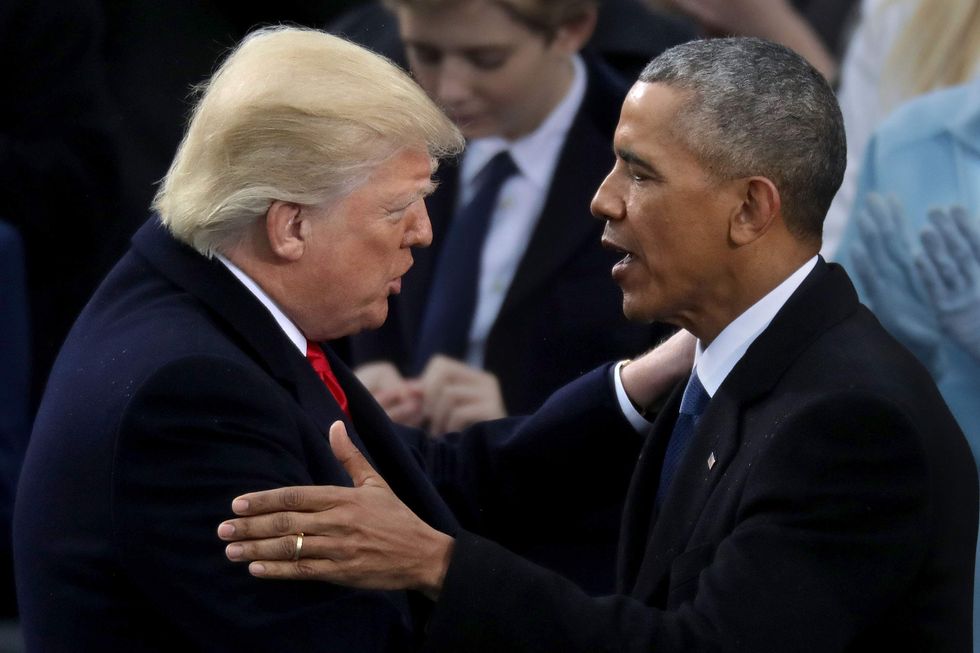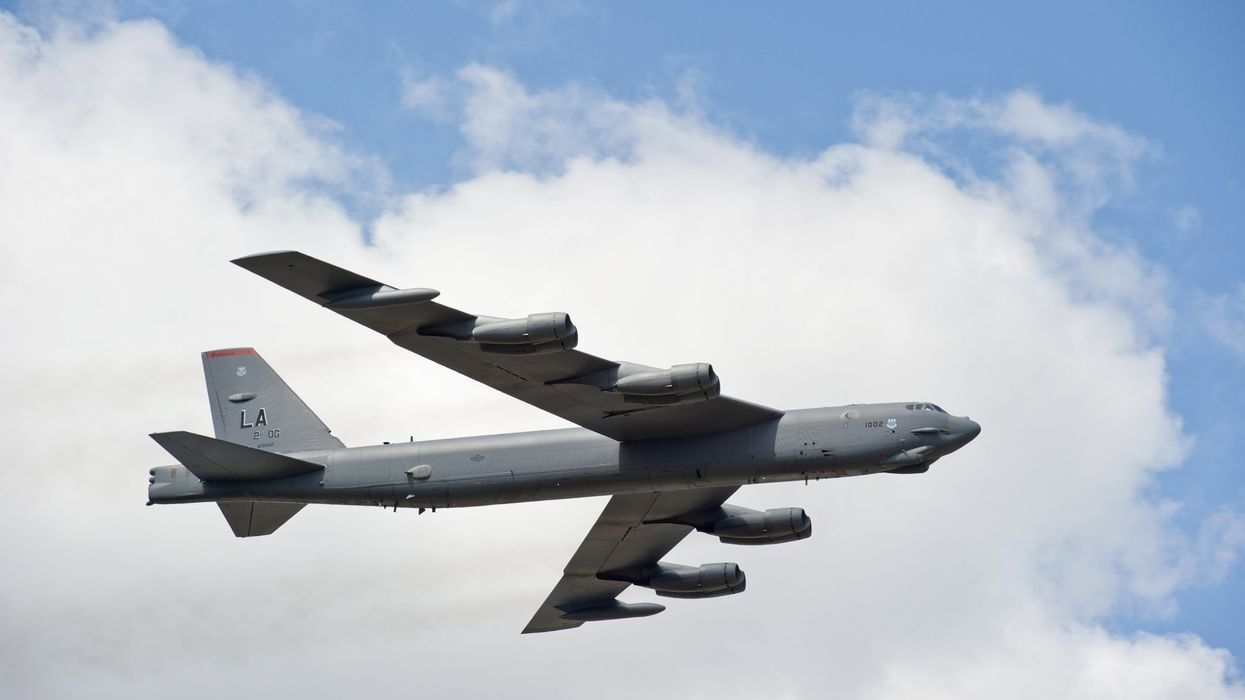
Former President Barack Obama criticized President Donald Trump's decision to rescind DACA. Obama said that despite their immigration status, they are "Americans in their hearts, in their minds," and in "every single way but one: on paper."
(Chip Somodevilla/Getty Images)



